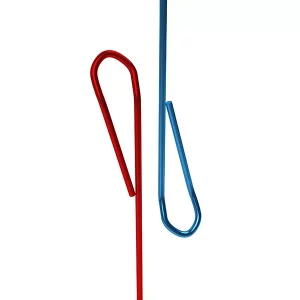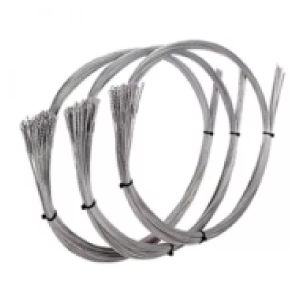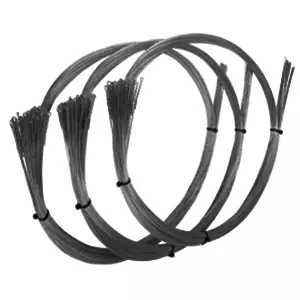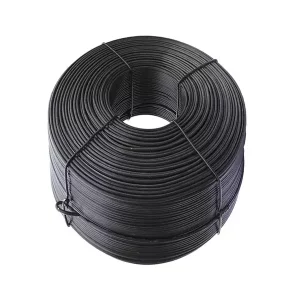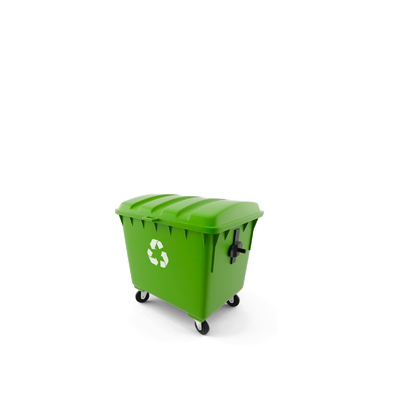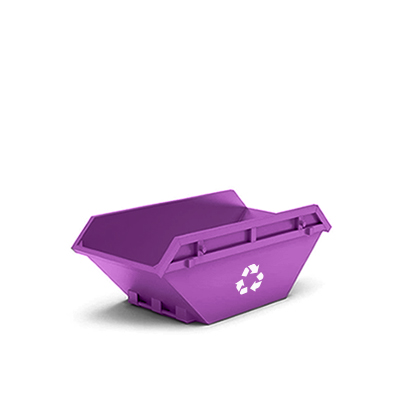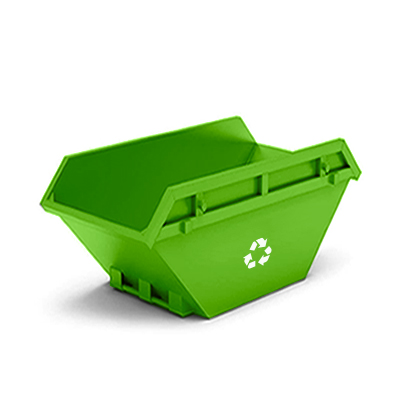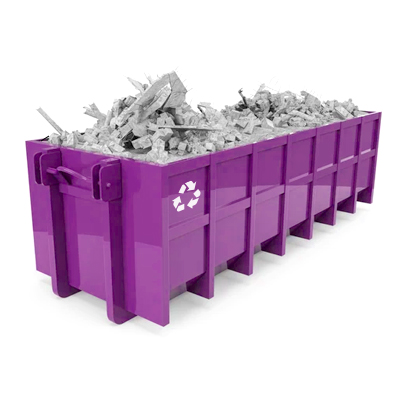Delivery Throughout Mainland UK

Nationwide Service
Next Day To 2 Working Day Service
When it comes to managing a production site that relies on baling machinery, ensuring a steady supply of essential consumables like wire, twine, and strap is paramount. Downtime caused by depleted consumables can lead to operational disruptions, financial losses, and even safety hazards. That’s where our next-day to two working delivery service comes to the rescue, offering you a reliable solution to keep your operation running smoothly and efficiently.
Avoiding production stoppages and prevent financial losses and disruption to your operation.
If you need delivery today, you can contact us to see if we may be able to help by calling 01732 852244.
Order Before 12pm For Express Delivery
-
Quick Link Baling Wire with Express Delivery
£45.00The ultimate time-saving wire, with looped ends that slot perfectly into each other and snap together quickly and efficiently.
-
Galvanised 25kg Cut and Loop 3mm Wire with Express Delivery
£51.00The ideal baling wire for mill-size bales, Cut and Loop wire comes in both 14ft and 17ft lengths.
Select options This product has multiple variants. The options may be chosen on the product page
-
Black Annealed 25kg Cut and Loop Wire with Express Delivery
£51.00The ideal baling wire for mill-size bales, Cut and Loop wire comes in both 14ft and 17ft lengths.
Select options This product has multiple variants. The options may be chosen on the product page
Not Urgent? Order By Standard Delivery
-
Rewound Wire Coils (1 Tonne)
£1,778.47Suited to our largest Strautmann machines, this wire is flexible but strong, and oiled to allow for a smoother feed.
Select options This product has multiple variants. The options may be chosen on the product page
-
Quick Link Baling Wire
£45.00The ultimate time-saving wire, with looped ends that slot perfectly into each other and snap together quickly and efficiently.
-
Galvanised 25kg Cut and Loop 3mm Wire
£51.00The ideal baling wire for mill-size bales, Cut and Loop wire comes in both 14ft and 17ft lengths.
Select options This product has multiple variants. The options may be chosen on the product page
-
Black Annealed 25kg Cut and Loop Wire
£51.00The ideal baling wire for mill-size bales, Cut and Loop wire comes in both 14ft and 17ft lengths.
Select options This product has multiple variants. The options may be chosen on the product page
Supply For All Makes and Models


















With 20+ years of experience fixing every type of baler in the UK, we know what you need.
When it comes to selecting the right wire for your baler, understanding the differences between annealed wire and galvanised wire is essential. These two common types of bale ties have distinct properties, strengths, and weaknesses, all of which play a role in determining the best choice for your specific requirements.
Annealed Wire
Annealed wire undergoes a specialized manufacturing and treatment process, involving heating and cooling, to alter its properties. The result is a wire that is strong, flexible, and pliable. After this process, it is treated with a layer of oil.
Pros of Annealed Wire:
Flexibility: Annealed wire’s unique manufacturing process gives it flexibility, making it ideal for applications where the wire needs to accommodate material expansion or stretching after baling.
Cons of Annealed Wire:
Susceptibility to Rust: Annealed wire is more prone to rust when exposed to the elements, but this rust typically doesn’t compromise its strength.
Galvanised Wire
Galvanized wire gets its name from the galvanization process, where steel wire is coated with zinc. This occurs after the wire is manufactured to the required thickness and gauge. Galvanized wire is stiffer and less flexible than annealed wire, and it lacks the oil coating of annealed wire.
Pros of Galvanised Wire:
Durability: Galvanized wire maintains its structural integrity, making it a strong and durable option suitable for various materials.
Resistance to Rust: Galvanized wire is more resistant to rust and corrosion, which ensures a longer lifespan without compromising its strength.
Cons of Galvanized Wire:
Limited Flexibility: Galvanized wire is less flexible and cannot stretch, which may limit its use in applications where wire flexibility is required.
Choosing the Right Wire
The choice between annealed wire and galvanised wire depends on your specific application. If you require a wire that is strong, durable, and suitable for wet conditions, galvanized wire is the optimal choice. However, if you need a more pliable wire, annealed wire is the better option. To make an informed decision, carefully consider the pros and cons of each wire in relation to your particular needs.
The black annealing process takes place following the drawing of wire from carbon steel rods to achieve the desired diameter or gauge. In this process, the wire is subjected to heat within a furnace, which modifies its microstructure. Subsequently, the wire is slowly cooled. This annealing process serves to restore the ductility of the black annealed baling wire, resulting in superior elongation capabilities. Additionally, it transforms the wire’s color from a rough gray or silver hue to the well-known black color.

